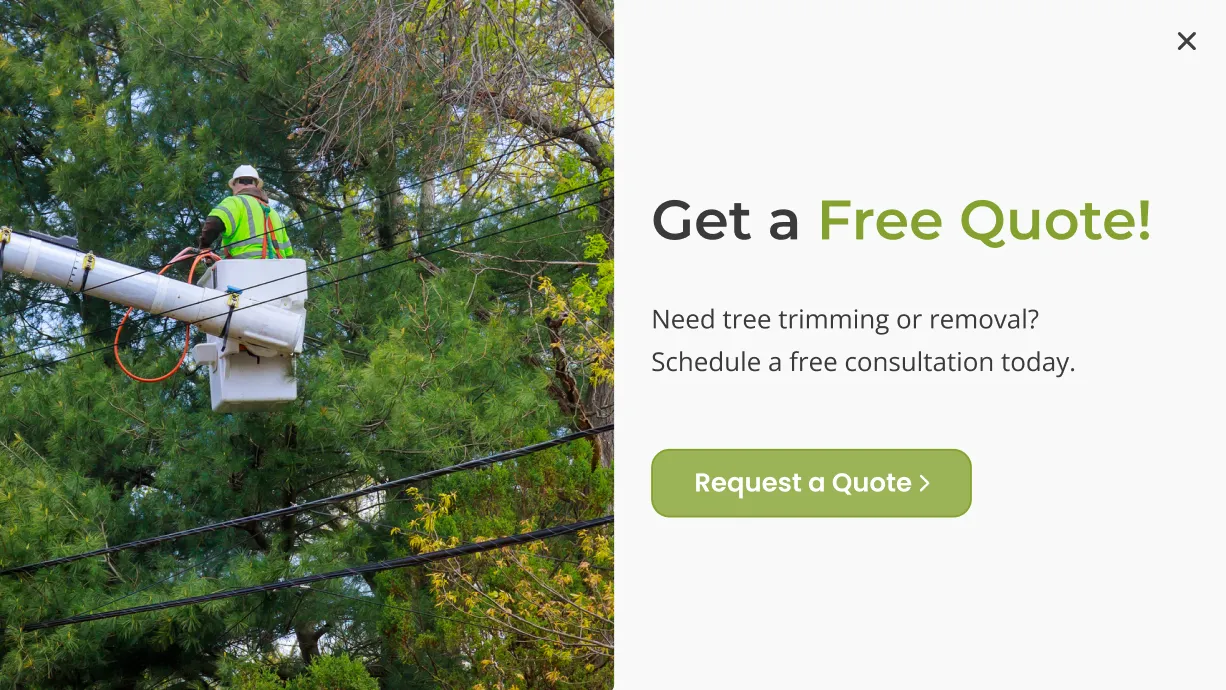In this guide, we’ll walk you through how to manage fallen leaves, whether or not you should remove them, and how improper leaf care can lead to a dying lawn—plus practical solutions like leaf bags, composting, and repairing patches of dead grass in your lawn.
Should I Remove Fallen Leaves From My Lawn?
Yes—at least partially. While a light layer of leaves can be beneficial by adding nutrients and insulating the soil, thick layers of wet leaves can smother your lawn. When grass doesn’t get enough air, sunlight, or moisture balance, it starts to wilt and eventually die.
Letting a thick mat of leaves sit all fall and winter can result in:
- Dead grass patches
- Fungal growth or mold
- Thatch buildup
- Pest infestation
So if you’re asking “what am I supposed to do with fallen leaves?”—the answer is simple: remove or manage them.
What Is the Best Way to Deal With Leaves in Your Yard?
There are a few smart and eco-friendly ways to handle fallen leaves without harming your lawn:
1. Rake or Blow Them Into Piles
The classic method. Just be sure to use yard waste bags, paper leaf bags, or lawn trash bags to dispose of them properly.
2. Mulch With a Lawn Mower
Run over dry leaves with a mulching mower to shred them into fine pieces. This helps them break down into the soil and nourish your lawn without suffocating it.
3. Compost
Add leaves to your compost pile along with green materials (like kitchen scraps or grass clippings). This creates rich soil for your garden.
4. Use Leaf Bags for Collection
Cities often require the use of paper yard waste bags or compostable lawn bags for leaf pickup. These are easy to find and accepted by most waste programs.
Tip: Wondering where to buy leaf bags? Most hardware stores, garden centers, and even grocery stores carry large leaf bags, especially in the fall.
Can Fallen Leaves Cause Dead Grass?
Yes. When a thick layer of wet leaves is left to sit on your lawn, it blocks airflow and traps moisture. Over time, this can lead to yellow or brown patches and a dying lawn.
If your lawn is dying in patches, check under the leaves first. You might find:
- Wilted grass
- Dead lawn areas
- Signs of fungus or mold
This is a common cause of dead front lawns in fall and early spring.
How to Fix Dead Grass in Lawn
If leaves or other issues have already damaged your turf, don’t worry—dead grass repair is possible with the right approach.
How to Fix a Dead Lawn (Step-by-Step)
- Remove Debris
- Clear any leaves, thatch, or dead grass from the surface.
- Test the Soil
- Check for pH imbalance or compaction. Aerate the soil if needed.
- Rake and Loosen the Top Layer
- This helps new seed make contact with the soil.
- Apply Grass Seed or Sod
- Choose a seed type that matches your region and existing grass.
- Water Consistently
- Keep the soil moist (but not soggy) while new grass establishes.
- Protect From Future Damage
- Regular leaf removal and proper mowing can prevent repeat problems.
Whether it’s a dead yard, a wilted lawn, or a dying patch, patience and consistent care can lead to dead lawn revival.
How to Stop a Tree From Dropping Leaves
Let’s be honest: you can’t. Tree leaf drop is a natural process, especially for deciduous trees in the fall.
However, you can minimize the cleanup effort by:
- Planting evergreens or low-litter trees in future landscaping
- Installing landscape fabric or mulch under trees to collect leaves more easily
- Trimming or pruning trees (within reason) to reduce volume
So, while you can’t stop the process, you can plan ahead and make cleanup more manageable.
Best Tools and Bags for Fall Leaf Cleanup
You don’t need fancy equipment to keep your lawn clean, but having the right supplies makes a difference.
Leaf and Yard Waste Bag Options
- Paper lawn bags: Biodegradable and accepted by most municipal pickup services.
- Plastic landscape bags: Reusable, durable, and often come in giant sizes.
- Trash bags for yard waste: Look for extra-thick plastic or designated outdoor bags.
- Lawn clipping bags: Useful for grass and small debris, especially in spring and summer.
Wondering where to get leaf bags? You can find them:
- At local hardware stores like Lowe’s or Home Depot
- In garden centers or nurseries
- At big-box retailers and online shops
What If My New Lawn Is Dying?
New sod or seed is especially vulnerable to suffocation from leaves. If you’ve recently installed turf and notice new lawn dying, take action quickly:
- Remove all leaves as soon as possible
- Avoid foot traffic while it recovers
- Water gently and consistently
- Check for insects or fungus beneath the surface
In many cases, repairing dead grass early in the season leads to full recovery by spring.
Final Thoughts: Rake Smart, Not Hard
Managing leaves doesn’t have to be a headache. With the right approach, you can protect your lawn, repurpose leaves into compost, and avoid a brown, lifeless yard. Whether you’re dealing with dead lawn grass, leaf bag overload, or yard waste disposal, staying on top of the mess now will save you time and effort later.
So grab those paper yard waste bags, keep an eye on your grass health, and enjoy the season—without letting the leaves take over.

